- Home
- slideshows
- miscellaneous
- 27 sneaky tactics stores use to trick you into spending more money
27 sneaky tactics stores use to trick you into spending more money
They put a big, bold "Sale" sign in the window.

They tell you its a "limited time offer."
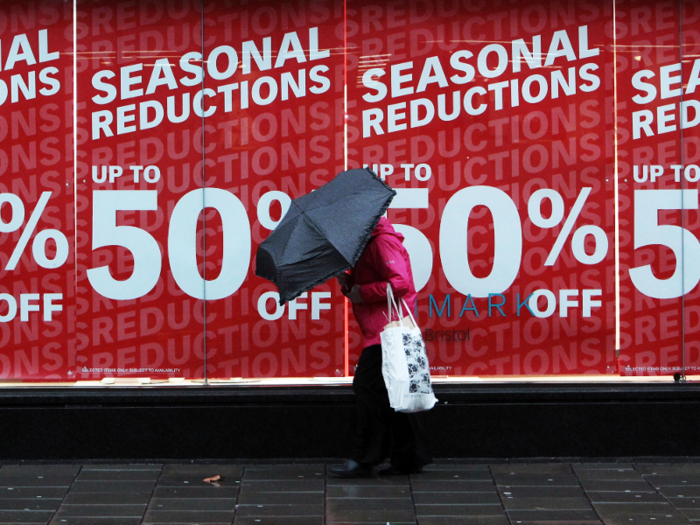
By stating an offer is limited or won't last long, it prompts shoppers to act right away, causing them to buy things they weren't necessarily planning on.
They greet you with big shopping carts.
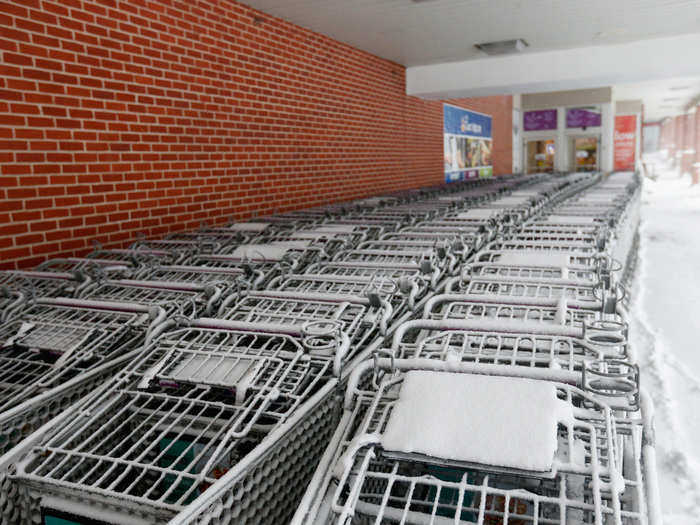
Its easier to overspend when you can put everything in a big shopping cart instead of having to carry it all.
They put colorful produce at the front of the store.
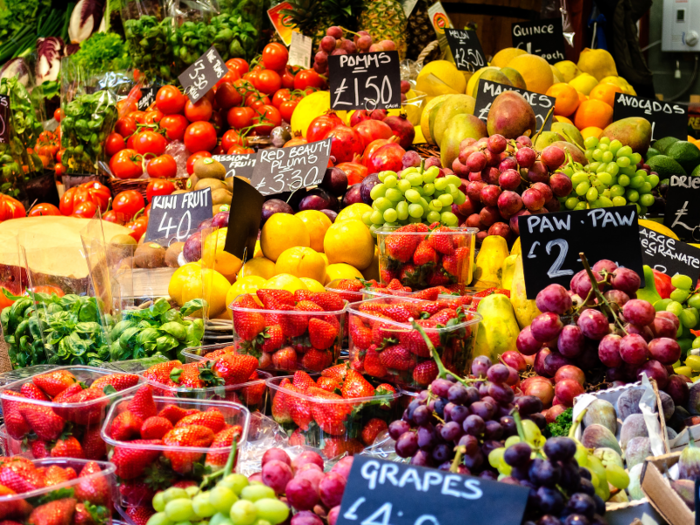
The bright colors of fresh produce tend to put people in a good mood, so they think more highly of the store and end up spending more.
They put baked goods and flowers at the front of the store.
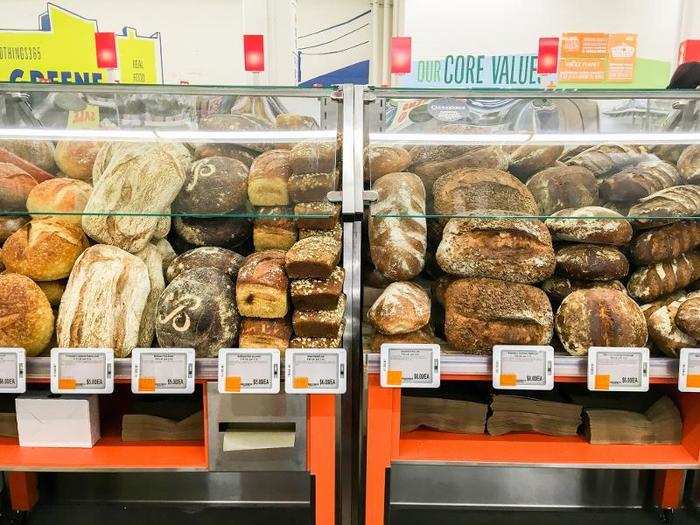
Having baked goods and flowers at the front of the store has the same effect that the produce does. All of the bright colors and good smells make shoppers happy, so they spend more because they're in a good mood.
Calm music is strategically chosen.
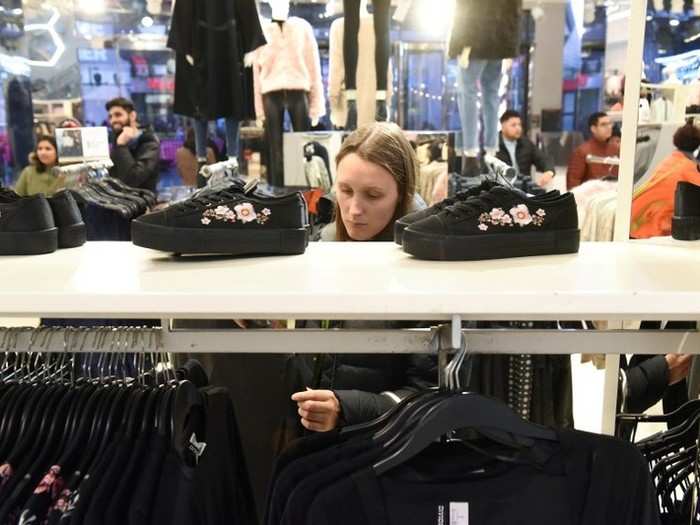
Playing calming music makes people slow down, even if they don't realize it. They spend longer in the stores, and inevitably end up buying more.
So are calm colors.
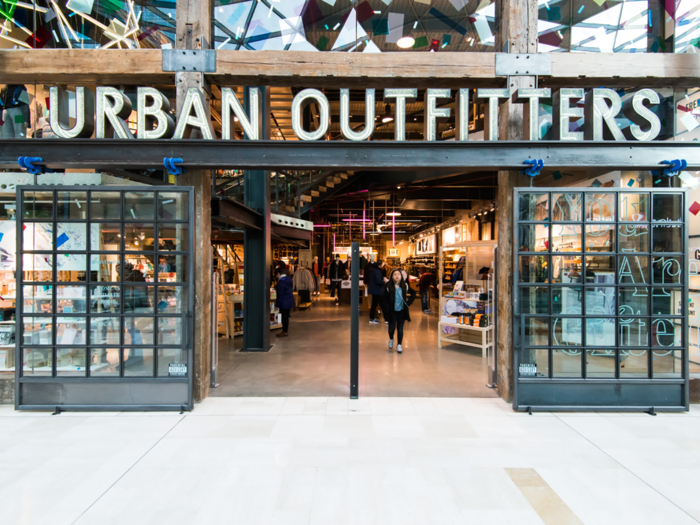
Warm, calming colors invite people into stores and make them feel welcomed, putting them in a better mood and making customers more willing to shop.
Dairy products and essentials are hidden at the back of the store.
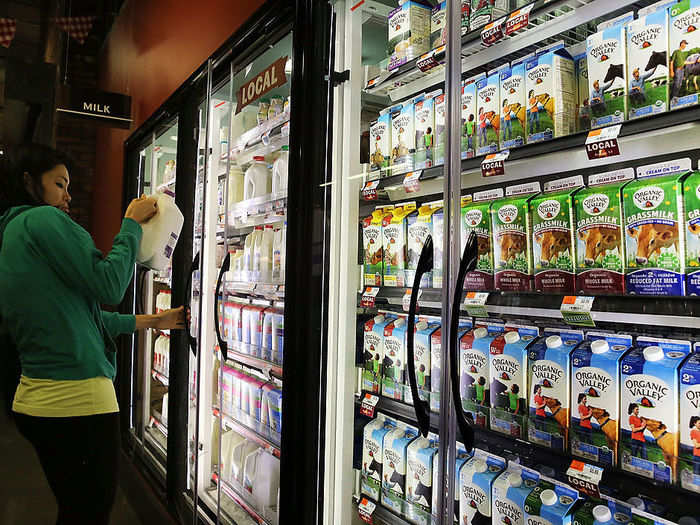
Milk and dairy products are very popular, so stores place them all the way in the back, forcing customers to make their way though the rest of the store and fill their carts with items they may have avoided otherwise.
Store layouts change as often as once a month.
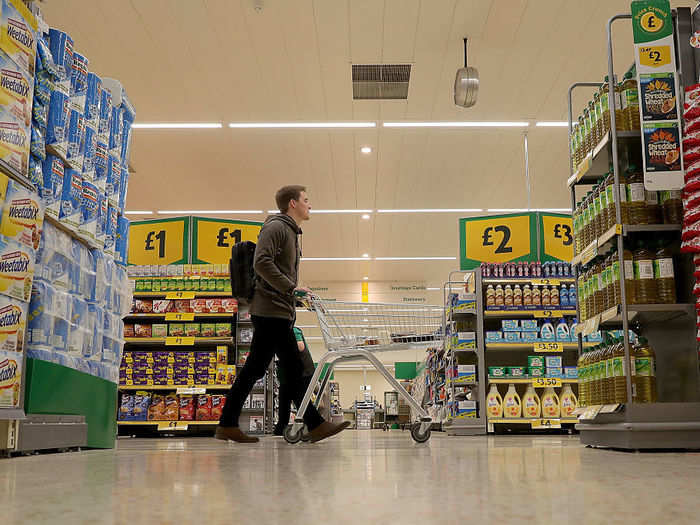
Again, by rearranging the store, companies force customers to wander through the store longer to find what they need, leading to customers buying more than they needed.
Stores are designed to move customers from right to left.
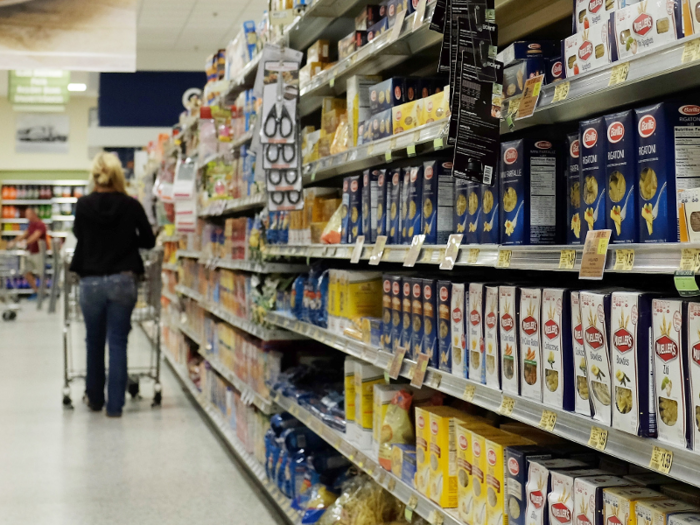
Because most people are right handed, and Americans drive on the right side of the road, most people move through a store from right to left. Stores design displays in accordance to this.
Pricier items are at eye level.
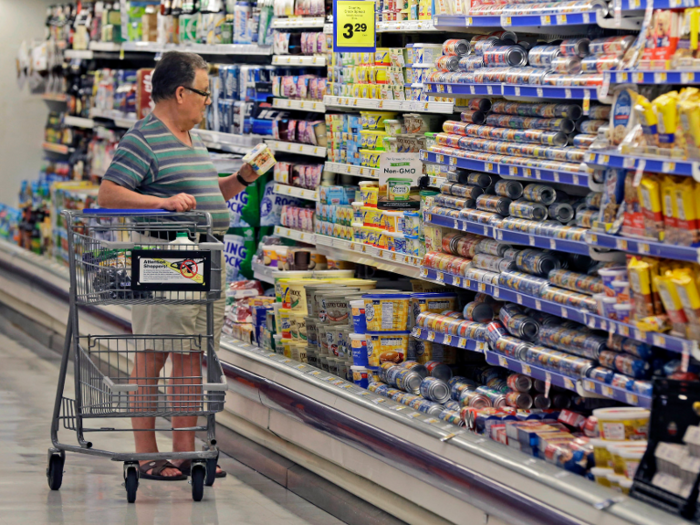
Stores place what they want you to buy right at eye level so that you have to see them, and end up being more tempted to buy them.
Free samples tempt you to buy more.
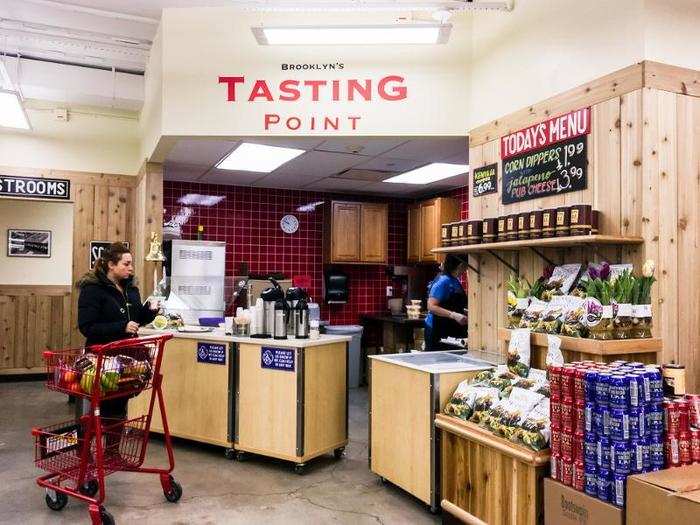
Free samples encourage shoppers to buy what they tasted, because people feel guilty if they take free samples and they don't buy the product. It also opens shoppers up to trying things they otherwise wouldn't have bought.
Small stores are designed to feel big.
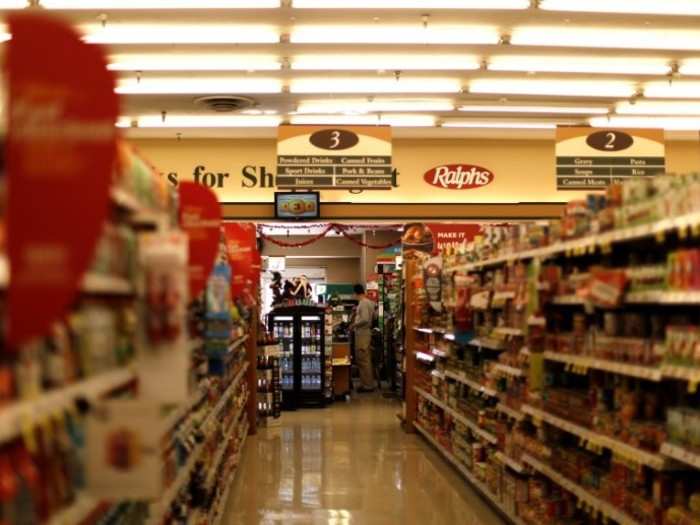
Bigger stores are more comfortable to shop in, so even smaller stores aim to feel spacious to encourage customers to spend more time in-store.
The checkout aisle is stocked with tempting items.
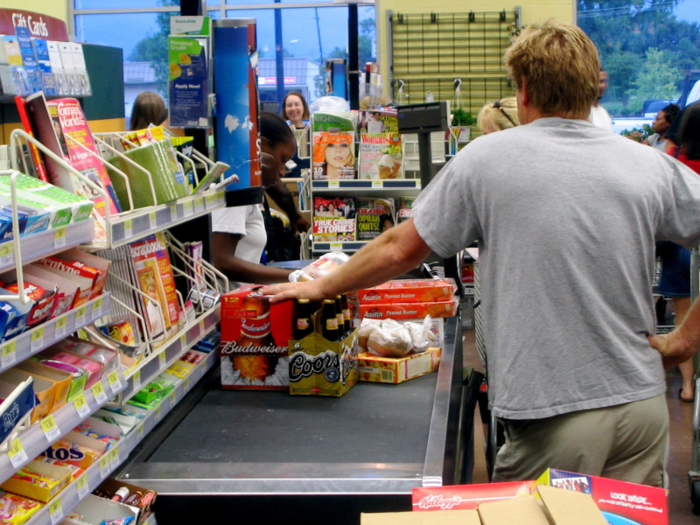
Stores stock up the front of the store with candy, magazines, and other small products that prompt last-minute buys.
Some stores have you download apps.
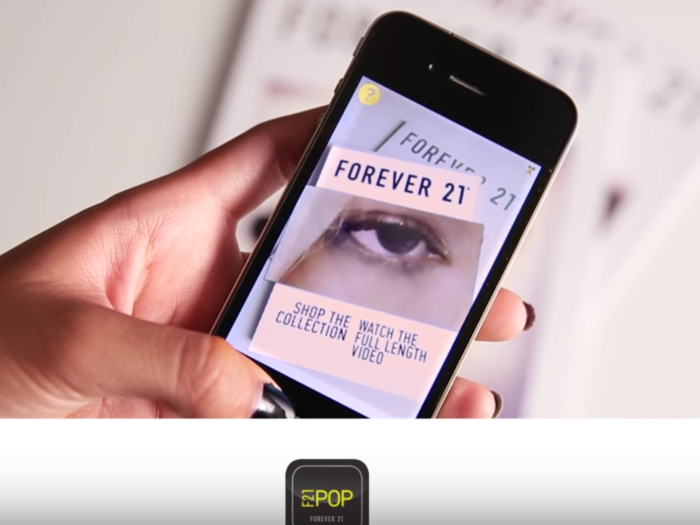
Smartphone apps send a constant flood of notifications to people's phones with special deals and alerts that encourage people to shop online or in-store right away so they get the best deals, even if they didn't plan on shopping.
Other stores use email newsletters and subscriptions.
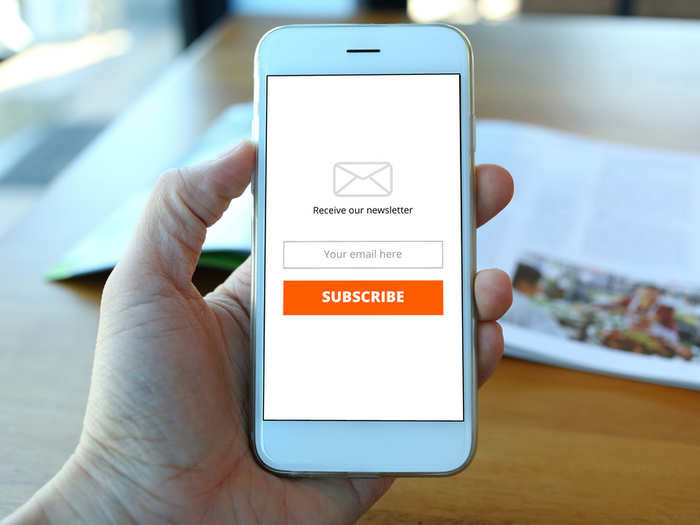
Likewise, email notifications encourage people to go shopping as soon as possible to get the best deals.
Stores offer free shipping after you spend a certain amount.
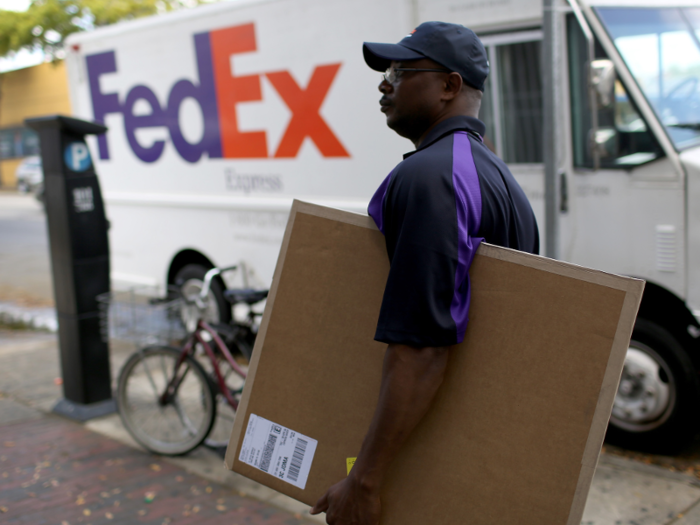
If you spend $35, but a store is offering free shipping if you spend $50 or more, most people will spend the extra $15 to avoid paying $5 of shipping.
Items are marked as $0.99 instead of $1.00.
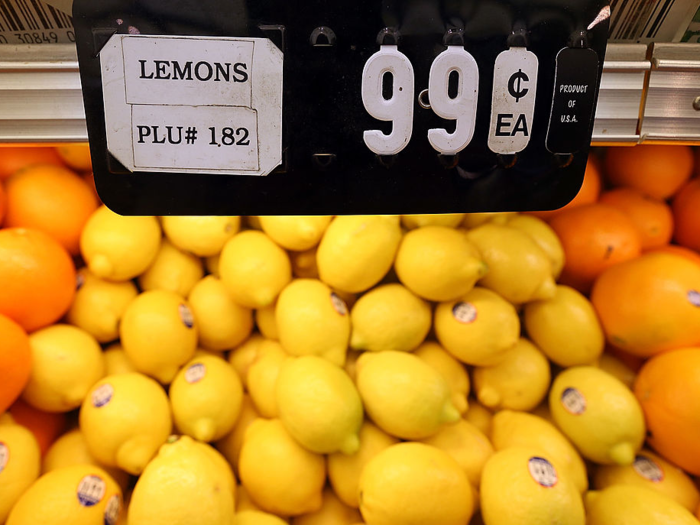
Products are tagged at $1.99 instead of $2.00, because people tend to round down if they see the .99 and end up buying more expensive products.
One-click ordering makes it easier to buy more.
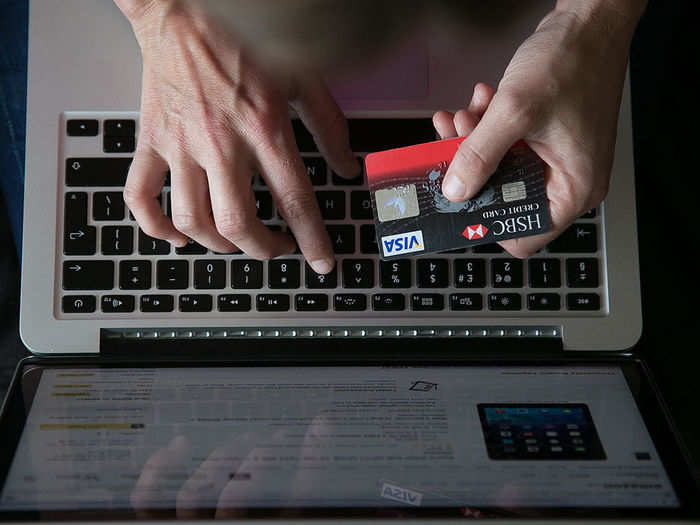
People tend to impulse-buy more when they don't spend 10 minutes filling out their card info and thinking about what they're buying, so with one-click ordering its easier to spend without thinking.
Stores offer guaranteed refunds and free returns.
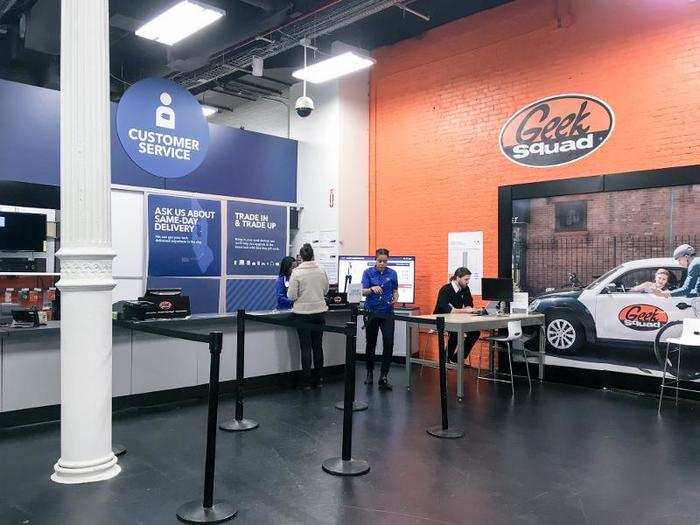
Returns and refunds take the risk out of buying, because if you don't like the product it can be returned for free and you'll get your money back.
Store employees suggest products.
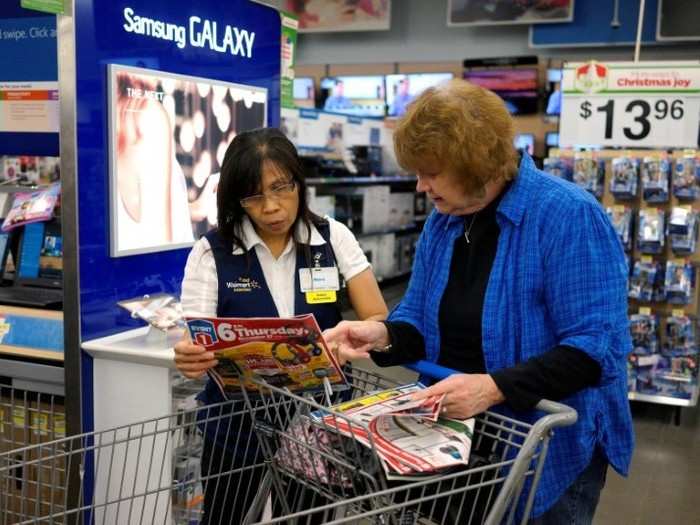
If employees see you with a product, they sometimes suggest a complementary product to go with it. And to be nice, many people will take the suggestions and end up buying more than they wanted to.
Some stores have overly-friendly employees.
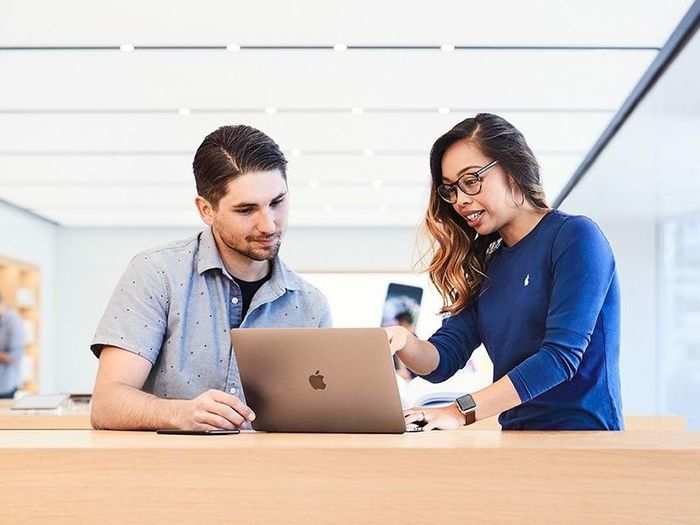
Some employees are told to treat customers like family, because then customers feel guilty walking away from the store without buying something.
Some high end stores purposefully have rude employees.
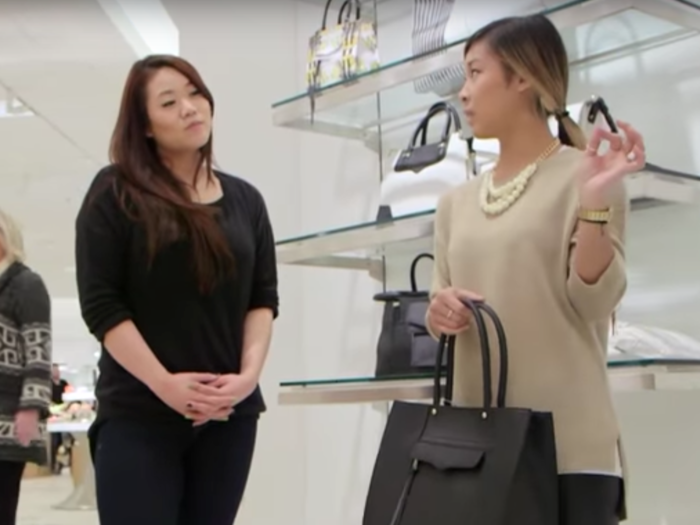
At luxury stores, snobbish salespeople tend to make customers feel like they aren't part of the exclusive group of people who shop there, making people more inclined to buy something so they can fit in.
Nostalgia makes you buy more.
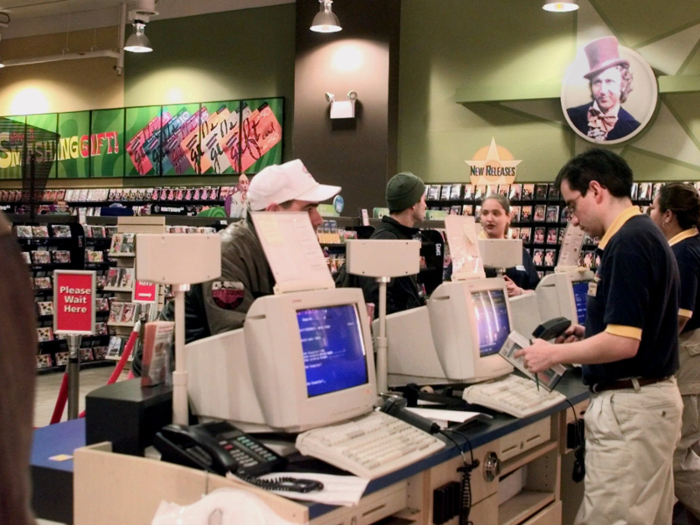
When people feel nostalgic, they value money less and are willing to spend more.
They use targeted ads.

Ads on social media are targeted specifically towards you based on past purchases, drawing you back in and trying to prompt you to buy more similar products.
Stores offer bonuses for signing up for their credit cards.
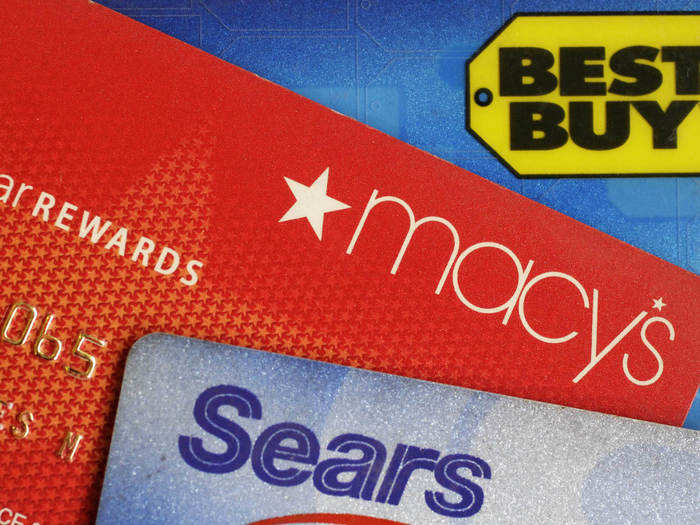
When you have a company credit card, not only do you feel more loyal to that store and inclined to go back, but you're encouraged to spend more money to get more rewards.
Stores send out coupons.
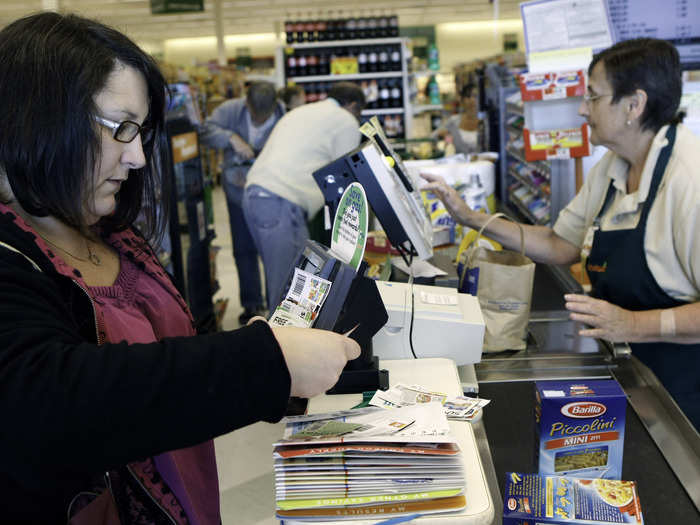
Coupons encourage people to spend more money than they may have initially, because they're willing to buy products they wouldn't usually under the illusion that they're getting a "deal."
Popular Right Now
Popular Keywords
Advertisement